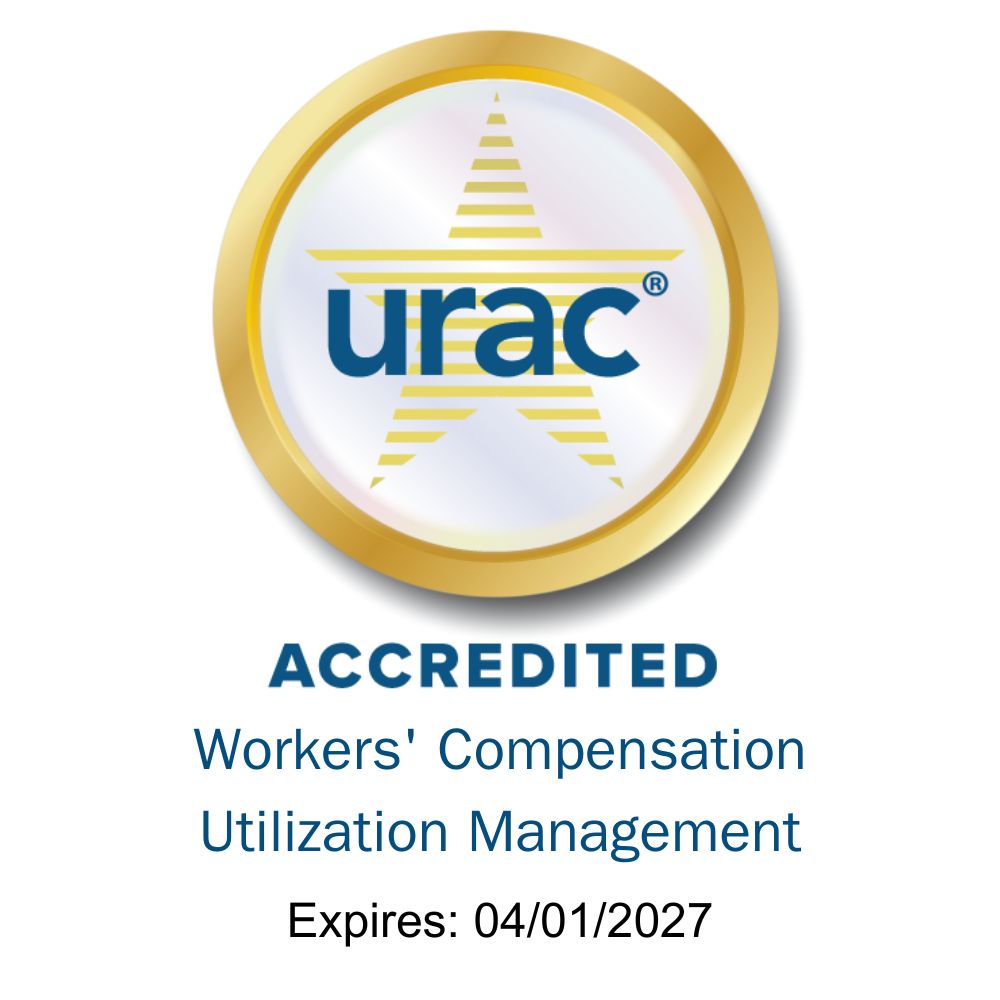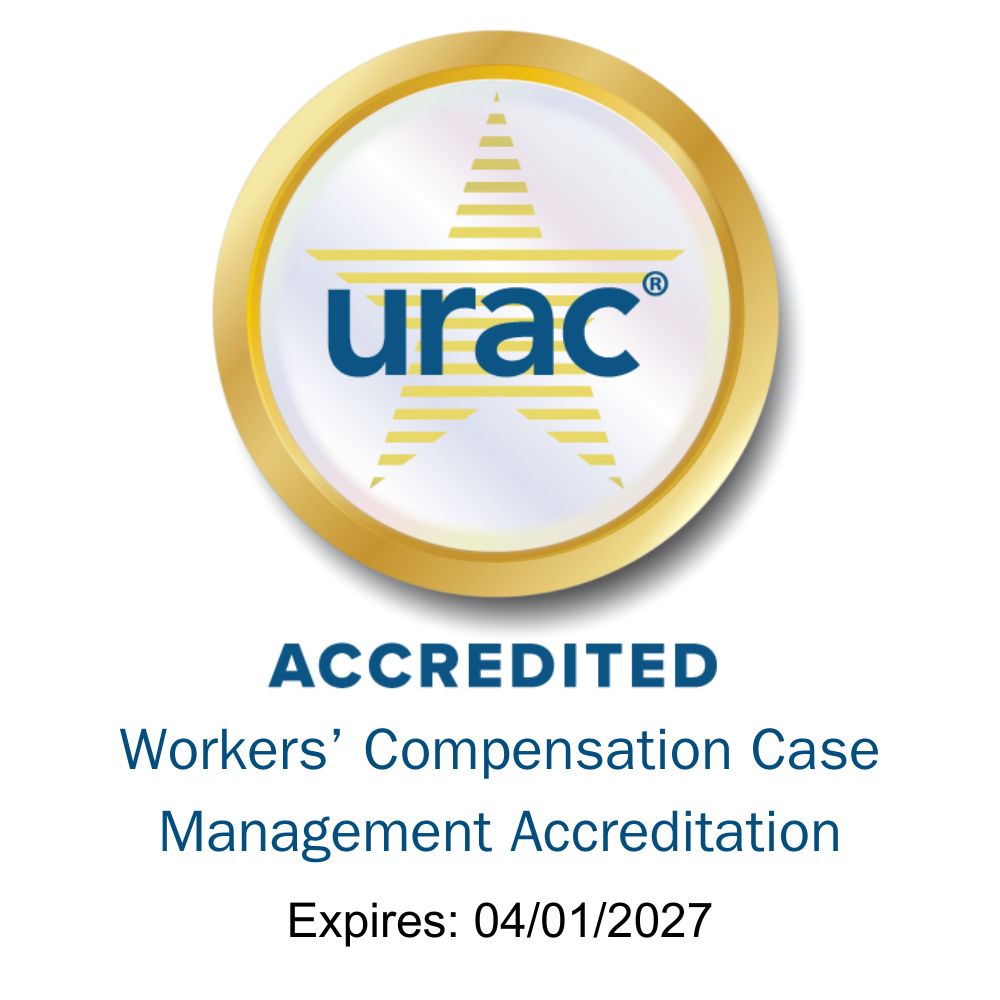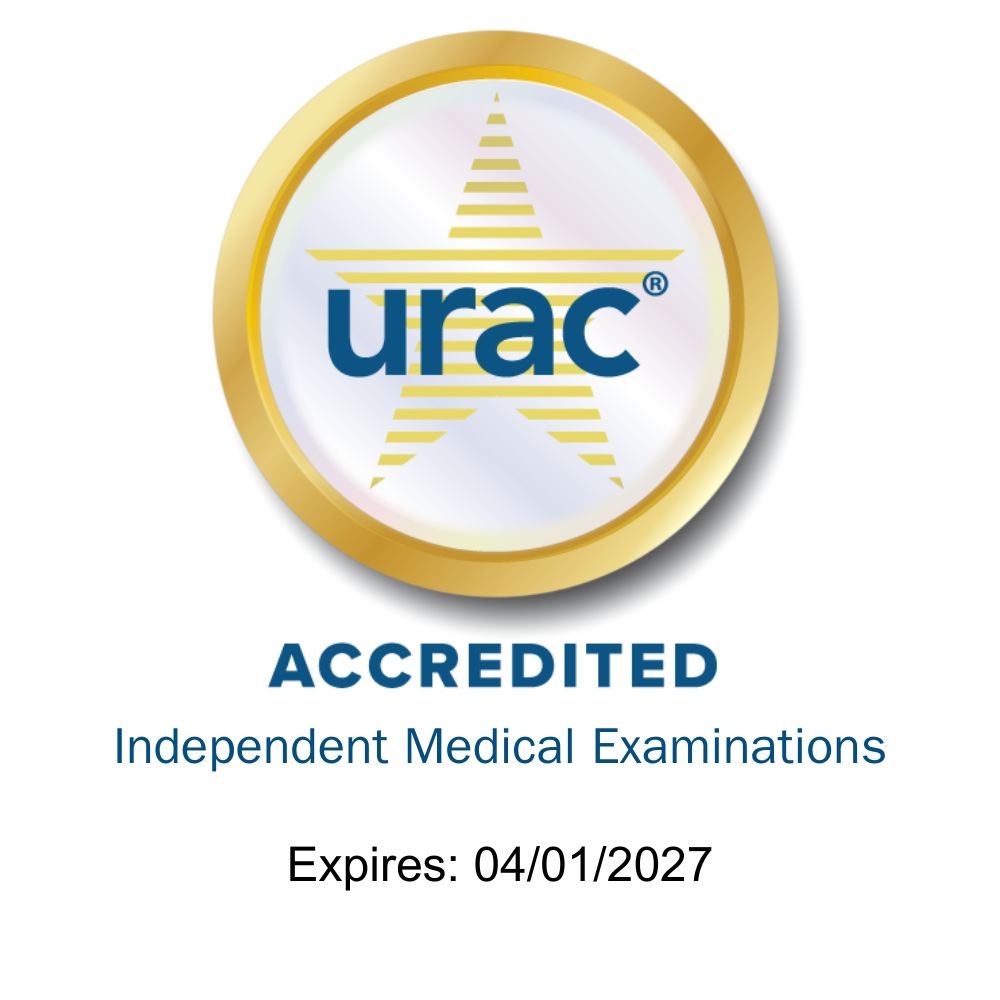Robocop Talks About Run for Sheriff and Upcoming NWCDC Session
In this edition of Workers’ Comp, we catch up with “Robocop” Romero who talks about his run for county sheriff and previews his NWCDC session with Genex Branch Manager Trish Elizalde next week.
Tom Kerr (TK): I’m Tom Kerr. Earlier this year, we introduced you to Ofc. Jeremy Romero, a New Mexico police officer who sustained a spinal cord injury in the line of duty. The video, “The Rise of a Real-Life Robocop,” chronicled Jeremy’s return to work with the help of an exoskeleton device which allows him to walk. On Dec. 7 at the National Workers’ Comp and Disability Conference, Jeremy and Genex Branch Manager Trish Elizalde will discuss how case management services helped him acquire the device, the first ever approved for reimbursement in a workers’ comp insurance claim.
Jeremy and Trish, thanks for joining us today.
Jeremy Romero (JR): Glad to be here, Tom.
Trish Elizalde (TE): Thanks for inviting me, Tom.
TK: Jeremy, it’s been a few months since we produced the video, can you share with our listeners what you’ve been up to since?
JR: Really staying busy, advocating for injured workers, and also being a strong advocate for changing internal policies, in particular, to law enforcement — especially concerning injured police officers on the job. I also travel throughout the country with ReWalk (the exoskeleton manufacturer) advocating with them to provide injured workers with spinal cord injuries ReWalk devices so they can regain a large portion of their lives which had been taken away from them in an instant.
TK: Sounds like you're doing a lot of great work and keeping busy. How are you doing physically?
JR: Physically, I'm probably in the best shape of my life. I feel even better than when I was walking. With the help of the ReWalk and of a lot of other different assistive devices and just the overall mindset of not giving up, it makes it all worthwhile as far as trying to make a change for the better. Not only for myself and my family but a change for injured workers in general.
TK: Awesome. And at the end of the video, it was mentioned you were planning a run for county sheriff. Are you still in line for doing that?
JR: Yes, I hope to be the first paraplegic sheriff in the United States. I will be kicking off my election campaign in January 2018, which is very close now, and I’m very excited about it. Not only for
TK: Great. And Trish, can you tell us about the session you and Jeremy will be presenting at National Workers’ Comp and what you hope workers’ comp professionals will take away from it?
TE: Well, we'll be providing background on Jeremy's case and discussing the role of technology and case management, especially in catastrophic injuries. And we think this will be helpful information for all work comp professionals.
TK: In acquiring an exoskeleton device, there’s a certain sticker shock associated with it. How did case management convince the payer that the long-term costs outweighed the short-term?
TE: Well, the case manager did a lot of research on the exoskeleton, and we did look at the price and it was costly. However, if you look at the long‑term gains in function and because the device allows the injured worker to be active and moving, the savings in future medical bills are going to be significant over the long‑term, which will, we think, more than compensate for the initial cost of the exoskeleton.
JR: And coming from an injured person's perspective, if I was not able to get this device, the potential long‑term
TK: And Jeremy, are you planning to walk around the exhibit hall on Wednesday so attendees can see how the device works?
JR: Yes, I'm going to have my wife alongside me. I plan to walk maybe three to five miles in that time frame.
TK: I think one of the coolest things is when people see you walk in the device for the first time. Can you explain the reaction you receive on the street?
JR: I get stopped very, very frequently. It’s an initial shock when they see me in the device, especially in New Mexico where many people have seen me on television news reports there. They come up to me, and many
TK: Thanks, Jeremy and Trish. We look forward to your session, “Real Robocop: Returning a Spinal Cord Injured Policeman Back to Work,” Thursday morning at NWCDC. And if you haven’t seen Jeremy’s video yet, check out “Rise of the Real-life Robocop” at www.genexservices.com
In our next Inside Workers’ Comp, we’ll talk with Prium’s Mark Pew about opioid issues impacting workers comp in 2018. Until then, thanks for listening.







